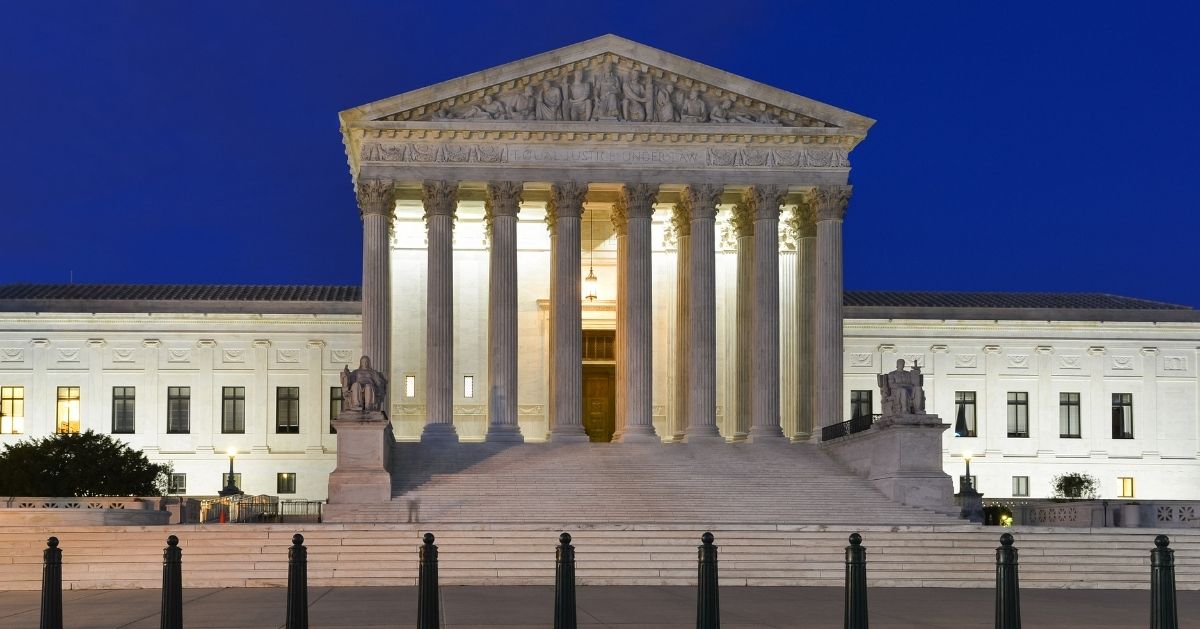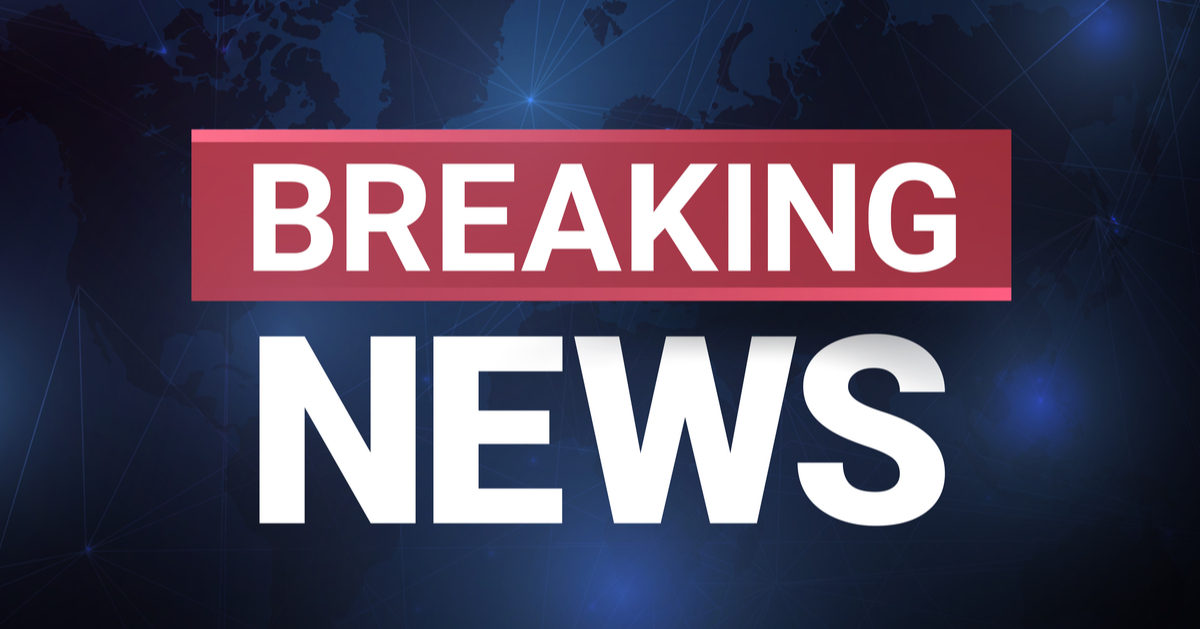Judge Blocks Presidential Executive Order
The executive order in question was signed by President Trump shortly after taking office, aiming to suspend the refugee resettlement program. However, this action faced challenges from organizations reliant on refugee resettlement for funding. As a result, these groups initiated a lawsuit against the Trump administration to reinstate the program, arguing that the executive action disrupted their operations and funding.
In the previous February ruling, Judge Whitehead intervened, preventing the Trump administration from executing the order. His decision acknowledged the president's substantial authority over immigration matters but clarified that such power has boundaries. This perspective emphasizes the need for executive actions to be within the confines of the law and judicial oversight.
Referring to the government’s stance, Judge Whitehead stated, “This Court will not entertain the Government’s result-oriented rewriting of a judicial order that clearly says what it says.” This reinforced the court’s position against altering the intended meaning of judicial orders to suit governmental objectives.
Judicial Oversight on Immigration Powers
The situation has thrust Judge Whitehead into the national spotlight, given the political and social implications of his ruling. His appointment by former President Joe Biden further underscores the political nuances entangled within judicial decisions impacting immigration policy. It brings attention to the interaction between executive power and judicial oversight.
Judge Whitehead emphasized in his rulings that while the president possesses broad discretion in suspending refugee admissions, this authority is not absolute. “The president has substantial discretion to suspend refugee admissions. But that authority is not limitless,” he noted. This standpoint delineates the balance of power between executive action and judicial review.
The decision serves as a notable example of how the judiciary can check and balance actions by the executive branch, ensuring they align with legal standards and fundamental human rights.
Impact on Refugee Resettlement Program
With this ruling, the resettlement of 12,000 refugees is set to proceed, a move that will impact numerous communities across the United States. The court order obliges federal agencies to coordinate the logistics of processing and providing support services to these individuals. This includes ensuring access to housing, employment, and education as part of their integration into American society.
Moreover, the decision underscores the critical role of federal courts in shaping the nation's immigration policies, amid varied political agendas. By upholding the refugee resettlement, it also provides reassurance to organizations engaged in aiding displaced individuals globally.
As this case progresses, it will likely continue to influence conversations on immigration and refugee policies, both domestically and internationally, exemplifying the ongoing interplay between different branches of the government.
Court's Impact on Federal Policies
The implications of this decision extend beyond the immediate resettlement orders. It signifies the judiciary's capability to assert its authority in cases where executive actions are perceived as overreaching. This sets a precedent for how similar cases might be adjudicated in the future, particularly during administrations with distinct immigration policies.
The case also highlights the broader debate surrounding executive orders and their limits, encouraging discussions about how constitutional powers should be balanced. It brings into focus the mechanisms by which courts can ensure that policy decisions are both lawful and just.





